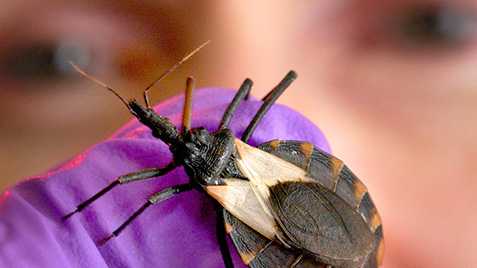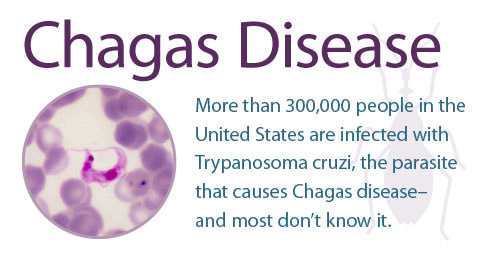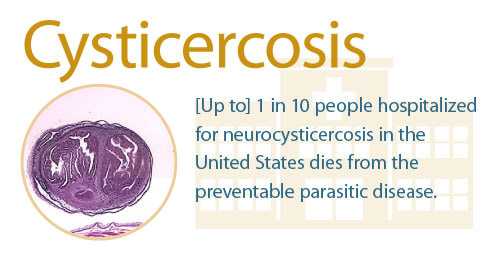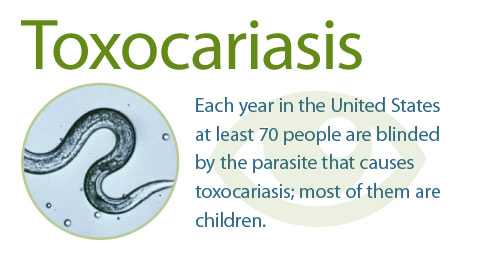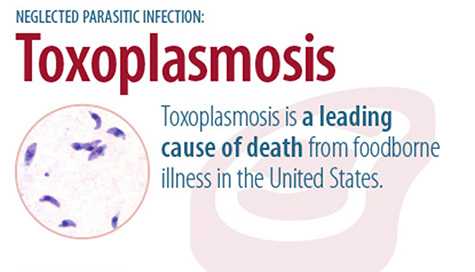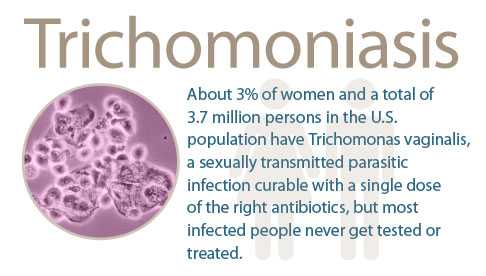Parasitic infections are typically associated with poor and often marginalized communities in low-income countries. However, these infections are also present in the United States.
The neglected parasitic infections (NPIs) are a group of five parasitic diseases that have been targeted by the CDC as priorities for public health action based on the
- Number of people infected
- Severity of the illnesses
- Ability to prevent and treat them
These infections are considered neglected because relatively little attention has been devoted to their surveillance, prevention, and/or treatment. They include Chagas disease, cysticercosis, toxocariasis, toxoplasmosis, and trichomoniasis.
Anyone, regardless of race or economic status, can become infected although minorities, immigrants, and people living in poor or disadvantaged communities appear to be most at risk.
CDC is working to protect people from these health threats by
- Increasing awareness among physicians and the public
- Synthesizing the existing data to help better understand these infections
- Improving diagnostic testing
- Advising on treatment, including distributing otherwise unavailable drugs for certain infections (Chagas disease)
Fast Facts
Parasitic infections affect millions of people in the United States every year.
- More than 300,000 persons living are infected with Trypanosoma cruzi, the cause of Chagas disease.
- At least 1,000 people are hospitalized with neurocysticercosis every year.
- Each year at least 70 people, most of them children, are blinded by the parasite that causes Toxocariasis.
- More than 60 million persons are chronically infected with Toxoplasma gondii.
- Each year 1.1 million people are newly infected with Trichomonas.
What's New in NPIs?
- Page last reviewed: April 13, 2017
- Page last updated: April 13, 2017
- Content source:
- Global Health - Division of Parasitic Diseases and Malaria
- Notice: Linking to a non-federal site does not constitute an endorsement by HHS, CDC or any of its employees of the sponsors or the information and products presented on the site.


 ShareCompartir
ShareCompartir
